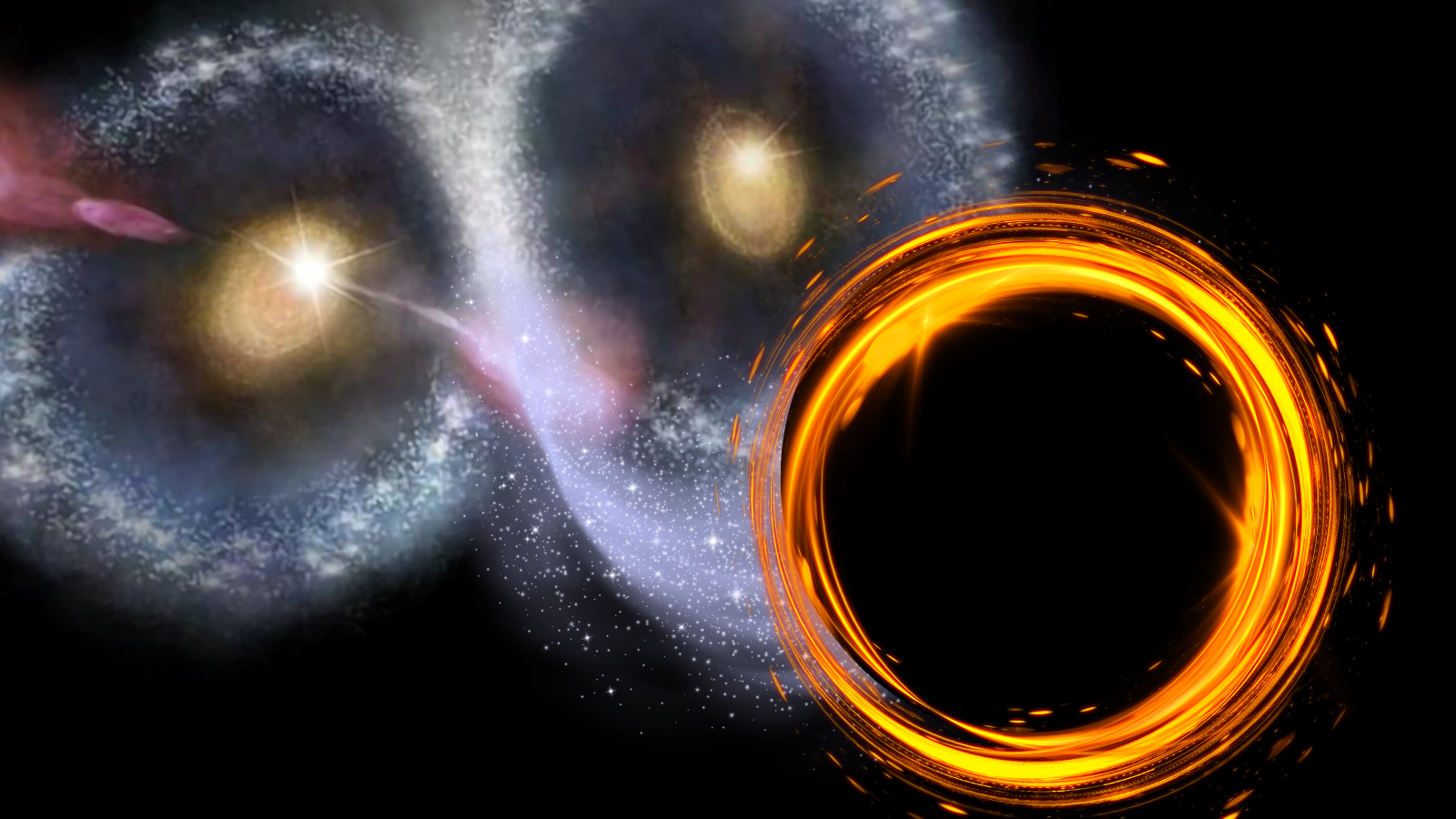Deep Impact Team Solves Blurry Photo Problem
The scientists behind NASA's Deep Impact missionsaid Thursday they hope to fix the spacecraft's blurry vision by using amathematical process on the images it captures after they have been transmittedto Earth.
The announcement was made at a press briefing at NASAheadquarters in Washington,during which the Deep Impact team discussed the special fireworks show themission will is expected to produce on July 4th.
The spacecraft was launched in early January aboard a DeltaII rocket, and is scheduled to rendezvous with Comet Tempel 1 early next month. Twenty-four hours beforecontact, the spacecraft's two main parts--Flyby and Impactor--willseparate and take part in a very carefully orchestrated hit-and-run.
However in March it was discovered that the Flybyspacecraft's High Resolution Instrument (HRI) was not focusing properly. Theteam will use a process, called deconvolution,to remedy the situation. Deconvolution is widely used in image processing and involves thereversal of the distortion created by the faulty lens of a camera or otheroptical devices, like a telescope or microscope.
"The process is a purely mathematicalmanipulation that works extremely well," said Don Yoemans,a co-investigator for the Jet Propulsion Laboratory (JPL). JPL is managing themission for NASA.
"Even if you have a perfect telescope, which islimited by diffraction, you can use deconvolution toimprove the resolution," Yoeman said. "The process issometimes time consuming, so the biggest effect on the science is a delay whileyou do all the processing to get the quality that you expected."
NASA's Deep Impact mission was designed to uncover a comet'sinnards by smashing a probe into Tempel 1. Afterbeing releases from the Flyby craft, the Impactorwill position itself directly in front of the speeding comet for a head oncollision. The impact is schedule to occur at 1:52 a.m. EDT on July 4.
Breaking space news, the latest updates on rocket launches, skywatching events and more!
A camera onboard the roughly 820-pound copper Impactor probe will capture rare and intimate close-ups of Tempel 1's nucleus right up to the moment of impact. Theprobe will slam into Tempel 1 at 23,000 miles perhour, vaporizing itself and carving out what scientists expect to be astadium-sized stadium crater in the side of the comet.
As Impactor prepares for itskamikaze dive, Flyby will arc around and position itself for a ringside view ofthe explosive wallop that Impactor is expected todeal to Tempel 1.
"It's utterly simple experiment in concept," said Michael A'Hearn, the mission's principal investigator. "You havesomething that you put in front of a comet and let the comet run over it--it'slike putting penny in front of a train track."
Technically, however, it will be very difficult to do. Rick Grammier, Deep Impact's project manager at Jet PropulsionLaboratory, described the mission this way:
"[It's like] a bullet trying to hit a second bullet with athird bullet in the right place at the right time trying to watching the firsttwo bullets and trying to gather the scientific data from that impact."
In addition to the cameras on board the Deep Impactspacecraft, earth and space-based telescopes will also have their eyes trainedon the impact. Virtually every aspect of the blast--everything from the size andshape of the crater to the angle at which material is spewed into space--isexpected to yield valuable clues about the makeup and nature of the comet'smysterious nucleus.
Ejected material spewed from the Tempel1 will combine with the dense halo of material that continually surrounds thecomet when it is near the sun, causing it to dramatically brighten for a briefmoment, panelists explained.
Comets are believed to be remnants from very birth of solarsystem, and their interiors are believed to contain pristine material that isbillions of years old.
"They hold the keys to the birth of the solar system andperhaps to life itself" said Yeomans, referring tothe theory that comets may have actually brought water and organic material toearth.
- How to Watch July 4 Comet Impact
- The History of Tempel 1, the 'Deep Impact' Target
- Deep Impact: Probing A Comet's Inner Secrets
- Deep Impact on Target Despite Blurry Vision
- Deep Impact Special Report
Ker Than is a science writer and children's book author who joined Space.com as a Staff Writer from 2005 to 2007. Ker covered astronomy and human spaceflight while at Space.com, including space shuttle launches, and has authored three science books for kids about earthquakes, stars and black holes. Ker's work has also appeared in National Geographic, Nature News, New Scientist and Sky & Telescope, among others. He earned a bachelor's degree in biology from UC Irvine and a master's degree in science journalism from New York University. Ker is currently the Director of Science Communications at Stanford University.
